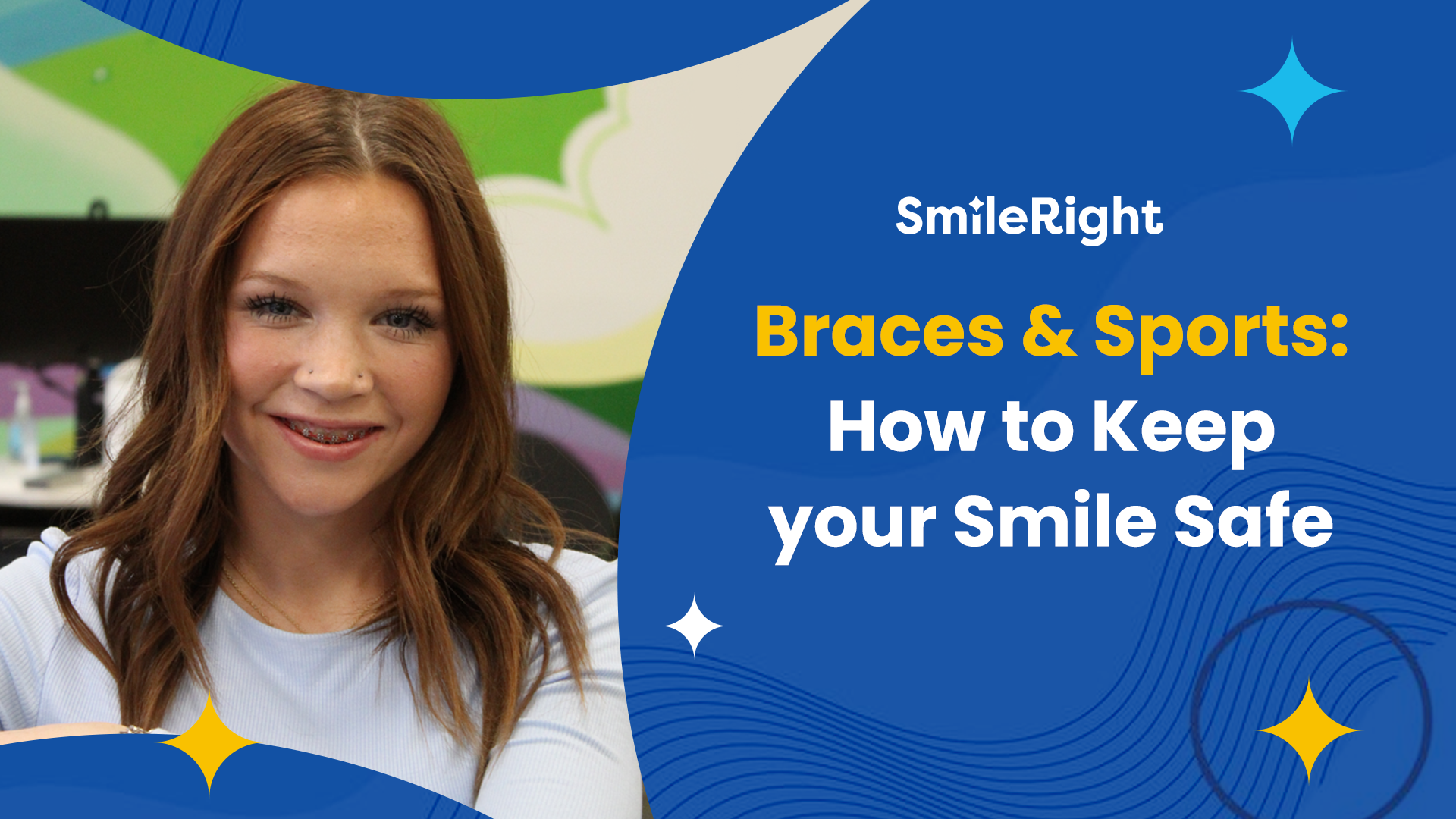Life After Metal Braces: What to Expect

Source: Dr. Marketing
Congratulations! You have just completed your journey with metal braces and now have the beautiful, straight smile you have always wanted. But what comes next? Many people wonder what life is like after their braces are removed and whether they will need additional dental care or retainers. Here’s what you need to know about maintaining that perfect smile post-orthodontic treatment at SmileRight in Houston, Texas.
The Big Reveal: Removing Your Braces

The day your braces come off is a momentous occasion that marks the culmination of your orthodontic journey. As your teeth feel smooth and clean post-braces removal, you will undoubtedly be thrilled with the transformative results that reveal a radiant smile. However, it is crucial to bear in mind that this milestone does not signify the completion of your dental care routine. It is essential to remain dedicated to the steps necessary for maintaining the alignment and health of your teeth to preserve your new smile for years to come.
Will I Need a Retainer After Metal Braces?

Yes, more often than not, a retainer will be recommended for you after the removal of braces. This is because your teeth require a period of adjustment to settle into their newly aligned positions. By wearing a retainer, you can effectively maintain the straightened alignment of your teeth and prevent them from shifting back to their former misaligned placement. This vital step in your orthodontic treatment plan ensures the long-term success of your beautiful new smile. There are a few different types of retainers:
Removable Retainers
These are typically made of clear plastic and are custom-made to fit your teeth. They are easy to take out for eating and cleaning but must be worn consistently as instructed by your orthodontist.
Fixed Retainers
Also known as bonded or permanent retainers, these are thin wires glued to the back of your teeth. They stay in place 24/7 and require careful cleaning to prevent plaque buildup.
Our orthodontist at SmileRight in Houston, Texas will recommend the type of retainer that best suits your needs and will provide instructions on how often and for how long you should wear it. Typically, retainers are worn full-time initially and then gradually reduced to nighttime wear.
Will I Need to Still See the Orthodontist?

Even after your braces are removed, regular visits to your orthodontist are crucial for maintaining the results of your orthodontic treatment. These appointments not only help your orthodontist monitor the stability of your teeth but also ensure that your retainer is fitting properly to maintain the alignment of your teeth. Keeping up with these follow-up appointments is essential for the long-term success of your treatment. Typically, you might have follow-up appointments at these intervals:
Immediately after removal
To ensure everything looks good and your retainer fits properly.
Every few months
For the first year or two, your orthodontist will check for any movement and make necessary adjustments.
Annually
Even years after your braces are off, annual check-ups help maintain your orthodontic health.
Adjusting to Life Without Braces

Life without braces opens up a world of possibilities and freedom. One of the greatest perks is the ability to savor and enjoy food without the limitations that braces once imposed. Say goodbye to avoiding sticky, crunchy, and chewy treats – now you can relish every bite without worry. However, while you may have bid farewell to braces, it's still crucial to uphold excellent oral hygiene habits to ensure your smile remains radiant and healthy for years to come. Here are some tips for post-braces care:
Brush and Floss Regularly
Remember to continue brushing your teeth at least twice a day and flossing daily to maintain good oral hygiene. If you want to make your oral care routine even more effective and convenient, you may also want to consider incorporating a water flosser into your regimen. This can be particularly beneficial if you have a fixed retainer, as it can help you reach those tricky spots with ease.
Wear Your Retainer as Directed
Consistency is key to keeping your teeth in their new positions after undergoing orthodontic treatment. By diligently following our orthodontist's instructions, maintaining good oral hygiene practices, and wearing your retainers as prescribed, you can prevent your teeth from shifting back to their original alignment. It is essential to remain committed to the post-treatment care routine to ensure long-lasting results and a beautiful, straight smile.
Attend Regular Dental Check-ups
Regular dental visits are essential for maintaining good oral health. By keeping up with your routine cleanings and check-ups, you can prevent dental issues before they become more serious. These visits also give your dentist the chance to identify any potential problems early on and address them promptly. Remember, your oral health is a key component of your overall well-being, so prioritizing regular dental visits is important for keeping your smile healthy and bright.
Monitor Your Diet
While you have more freedom to make dietary choices, it is important to be mindful of the impact certain foods can have on your oral health. In order to maintain strong and healthy teeth, it is advisable to limit your consumption of excessively sugary or acidic foods, as they can contribute to tooth decay and enamel erosion. By choosing a balanced diet and incorporating more tooth-friendly options, you can better protect your oral hygiene and overall wellbeing in the long run.
Embrace Your New Smile

Adjusting to life after braces is a rewarding experience. You have invested time and effort into achieving a beautiful smile, and now it is time to enjoy it. With proper care, regular orthodontic check-ups, and diligent retainer use, you can maintain your stunning smile for years to come.
Remember, our orthodontist at SmileRight in Houston, Texas are always there to support you in maintaining your oral health. Don’t hesitate to reach out with any questions or concerns as you transition into this new chapter of your dental journey.
Life after metal braces involves a few adjustments, but the rewards are well worth it. Embrace your new smile, follow our orthodontist’s advice, and enjoy the confidence that comes with beautifully aligned teeth. Your journey does not end with the removal of your braces; it is just the beginning of a lifetime of smiles.



